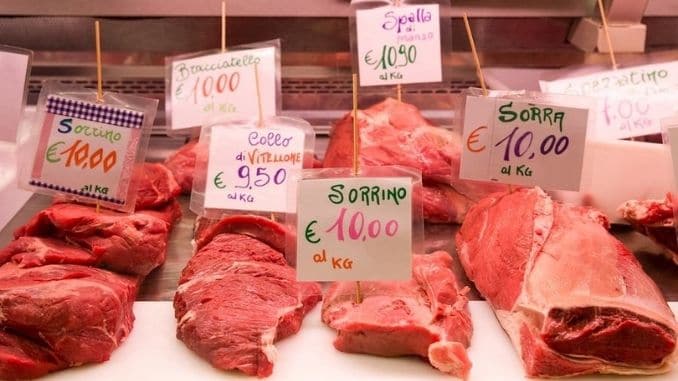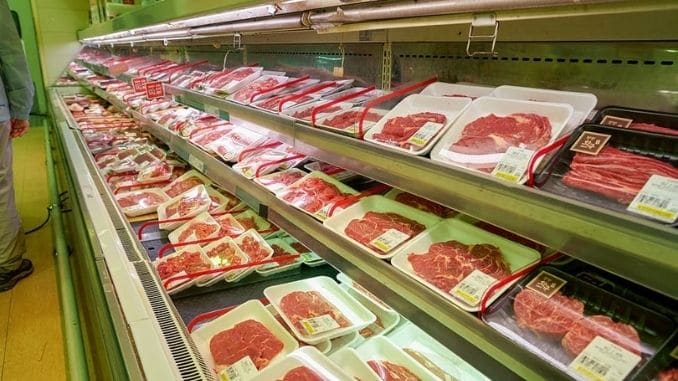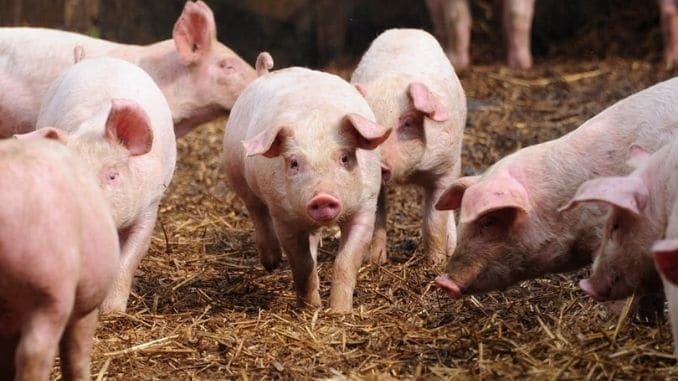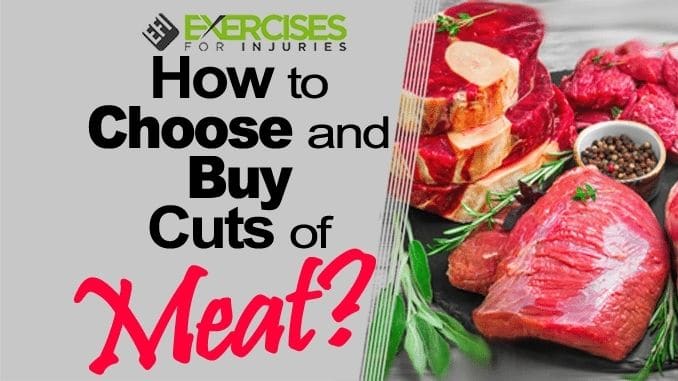
Shopping for meat is complicated these days. When you’re a health-conscious eater, it can be a challenge to find meat that is in line with your natural and minimally processed food values. The labels on meat are difficult to understand and often misleading.
If you know the ins and outs of the labeling requirements, you can learn a lot about the meat you’re thinking of buying. From the label, you should be able to discern whether the particular meat is organic, if it was raised with antibiotics or synthetic hormones, if nitrates were added, where the animal was raised and more.
Shop for Healthy Meat: One problem is that many health-conscious meat shoppers don’t know precisely what the labels mean. Many people think they’re buying meat that’s minimally processed or raised without antibiotics because the word “natural” is on the label.
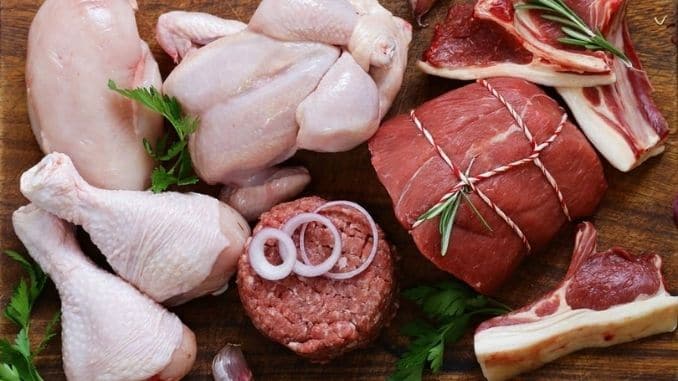
Furthermore, Shop for Healthy Meat: To help clear up some of the confusion, we’ve made a guide to help you decipher the claims on meat labels. Armed with knowledge, you’ll be more prepared to choose the right meat and poultry products for your grocery cart.
Common Label Claims
From farm fresh to mechanically separated, the following is a list of the most common claims we’ve found on meat lately. Some of them are legally defined. Others are loosely defined.
-
Basted or Self-basted
The United States Department of Agriculture (USDA) has a labeling term that may appear on bone-in poultry products. They may say basted or self-basted. Those poultry products are injected or marinated with a solution made from stock, broth, butter, flavor enhancers or other approved substances. These poultry products must be labeled as basted or self-basted so that consumers know the poultry has been enhanced. Moreover, according to the USDA, the maximum added weight for the solution is approximately 3 percent of the net weight on the label. The label for basted poultry is required to include a statement with the ingredients of the solution that was injected.
-
Farm Fresh
Shop for Healthy Meat: Shop for Healthy Meat: Farm fresh is a designation often found on meat labels that is undefined, unregulated and way too general. According to Caroline Abels, at Humaneitarian, “By definition, a farm is ‘a tract of land where plants or animals are raised.’ But factory farms — where animals never touch land or see the sun — are called ‘farms’ too. Don’t be fooled by pretty farm fresh labels!”
-
Free Range or Free Roaming
Shop for Healthy Meat: Generally found on poultry labels, the terms “free range” and “free roaming” simply mean the animal has been allowed access to the outside. However, the outside areas don’t have to pasture. Because there are no requirements for the size and condition of the outdoor space, the animal might be allowed access to a concrete slab. There are also no requirements for how much access the animal must have per day. An on-farm inspection is not required to claim free range on the label — it’s just the honor system. The legal definition only applies to poultry. Companies can claim a free range on other meats but define the term themselves.
-
Fryer-roaster Turkey
A turkey that has fryer or roaster on the label is normally a young bird that’s less than 12 weeks of age.
-
Local
Shop for Healthy Meat: When a meat label says local, it refers to food that is raised within the state or within a 250-mile radius. Moreover, local meat can be from the local factory farm or a pasture. The term provides no information on the conditions in which the animals were raised.
-
Mechanically Separated
Moreover, mechanically separated meat is described by the USDA as a paste-like, batter-like meat product produced by forcing bones with attached edible meat under high pressure through a sieve to separate the bone from the edible meat tissue. In 2004, mechanically separated beef was prohibited for use in human food. However, mechanically separated pork and poultry are still permitted but must be labeled in the ingredient list.
-
Pastured
While there’s no legal definition of the term pastured, the label is usually used to indicate that the animal has been primarily raised outdoors in a pasture. Moreover, with no legal definition, pastured can mean anything. There are no requirements or inspections for this label.
-
Natural or All-natural
The term natural is defined by the USDA as a product containing no artificial ingredient or added color and is only minimally processed. The label must include a statement explaining the meaning of the term natural like minimally processed or no artificial ingredients. That sounds great, but the statement is not regulated by any governing body. Similar to other general terms, we have to rely on the honesty of the company labeling the meat.
-
Grass-fed
The current standard for the grass-fed label is that the meat is required to come from an animal that has never been fed grains and has had access to pastures to graze. Seems legit, but the farms don’t have to be inspected. So, we’re relying on the honor system again.
-
No Nitrates or Nitrites
This one seems like a no-brainer. No nitrates or nitrites means the meat contains no nitrates or nitrites. Right? Nope. The statement may mean that the meat wasn’t cured with synthetic nitrate or nitrites, but it was most likely cured with concentrated natural nitrates from celery or onions. Nitrates and nitrites, whether naturally occurring or synthetic, have been classified as likely carcinogenic. The USDA has set limits on how much synthetic nitrates can be in food, but no limits on the naturally derived nitrates. If the ingredient label lists celery juice or celery powder, it contains naturally occurring nitrates or nitrites.
-
Raised Without Antibiotics
Beef, chicken or pork may carry a “no antibiotics” label. Moreover, poducers using this label on their meat are required to submit documentation that their livestock were not given any antibiotics. Some labels may say “no growth-promoting antibiotics.” Meat with that label is from farms that may administer low-dose antibiotics to the animals as usual but not for growth promotion. Moreover, as with other label claims, this one doesn’t require any third-party verification or inspection.
-
Certified Humane Raised and Handled
This “certification” has no official or legal definition or requirements. It can literally mean whatever the producer wants it to mean.
-
No Hormones
When you see a label that says, “no hormones” on pork or poultry, it’s an empty claim because hormones are not allowed in raising poultry or pork. In fact, the label cannot be legally used unless it is followed by a statement that explains that federal regulations prohibit the use of hormones.
However, hormones are permitted in the raising of cattle. The term “no hormones administered” can be used as long as documentation is provided that shows the animal has not been given hormones. Nonetheless, the designation is not verified by a third party, and no on-farm inspection is required.
Labels That Mean More
Moreover, some of the labels that are found on meat are marketing buzzwords meant to boost sales. Many are unverified, and some are meaningless. However, there are some labels that you can trust. Moreover, look for these terms and certifications to ensure your meat measures up to high-quality, health-conscious standards.
A. American Grassfed
In 2003, the American Grassfed Association was established to promote grass-fed industry standards and create a more reliable certification. Meat with the American Grassfed label has been inspected to ensure they meet the strict standards. The animals must be only fed grass and raised on pasture without confinement to feedlots. The animals cannot be treated with antibiotics or growth hormones and must be raised on American family farms. The American Grassfed standards apply to beef, bison, goat, lamb and sheep meat only.
B. Fresh Poultry
Per USDA standards, poultry that says “fresh” on the label is poultry that has never been stored lower than 26 degrees Fahrenheit (the temperature that would cause poultry to freeze). Moreover, fresh poultry shouldn’t be hard to the touch or frozen. It should also bear a “keep refrigerated” statement on the label.
C. Organic
The gold standard of all meat labels is one that says organic. The USDA organic meat certification requires that the animals not be given antibiotics, genetically modified food, growth hormones or animal by-products. Even meat from animals that are sick on the farm and treated with antibiotics cannot be labeled as organic. You can trust the organic label means that the animal was given only organic feed as well.
D. Animal Welfare Approved
The Animal Welfare Approved label ensures that the animals are given access to ranging and foraging areas. According to the Animal Welfare Approved website, “The basic premise of all our standards is that animals must be able to behave naturally and be in a state of physical and psychological well-being and that the way we raise our animals, the nutritional quality of the food they produce and the impact of the farming system on the environment are all intrinsically linked.” Producers earning this certification must raise their animals on a pasture or range. They must be family farms (not factory farms). This certification is hard-earned and third-party verified.
E. Food Alliance Certified
This certification requires humane treatment of animals including access to natural light, fresh air and space. To be certified and included in the program, producers must offer safe and fair working conditions as well.
Making Health-conscious Choices
Discerning between marketing buzz and actual, verifiable information on meat labels can be difficult. But knowing the meaning behind these terms will help. It’s also worth your time to do a little research on local farms in your community that you can visit to buy meat directly. Moreover, if there aren’t meat farmers in your area, get to know the butchers at your supermarket. Often, they have recommendations based on years of experience with different producers. Finally, a quick internet search of the brand on your meat label will give you a plethora of information about the company and its practices, certifications, and standards.
Choosing high-quality, minimally processed, nutritious meat can be difficult, but it can be done. Bookmark this page on your smartphone so you can refer to it while you’re shopping. Here’s to an excellent, healthful cut of meat.
For your guide to the best foods to heal your body, check out The Best Foods that Rapidly Slim & Heal in 7 Days, here!


